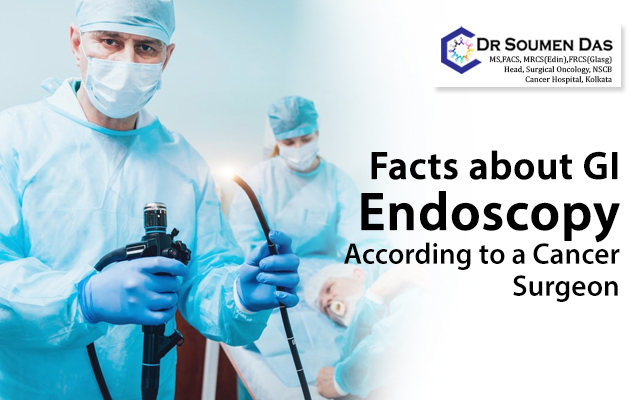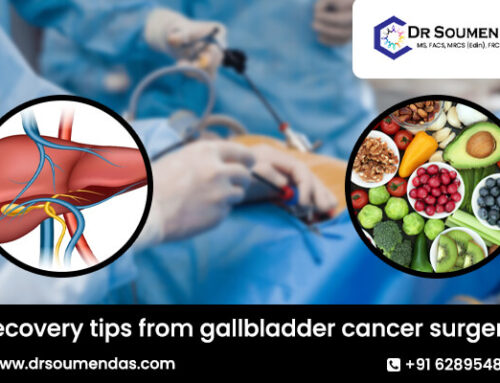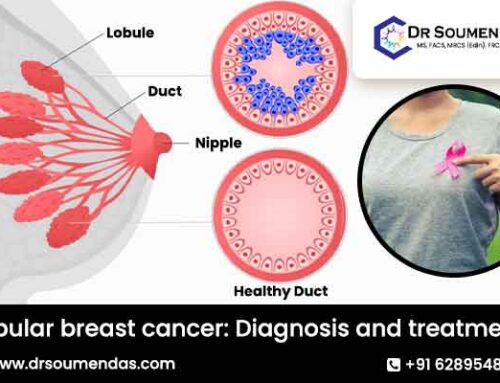Facts about GI Endoscopy According to a Cancer Surgeon
A cancer surgeon in Kolkata can examine the inner lining of the digestive tract using a method known as gastrointestinal endoscopy. An endoscope is a flexible fiber optic tube with a small TV camera at the end is used for this examination. The camera is linked to an eyepiece for direct viewing or a video screen that demonstrates the images on a display monitor. The endoscope can not only diagnose but also treat gastrointestinal (GI) disease. Let’s see some of the important facts of GI Endoscopy. Endoscopes today are based on a primitive system invented in 1806, a tiny tube with a mirror and a wax candle. Despite its crudeness, this early instrument provided the first glimpse into a living body. The GI endoscopy procedure can be done as an outpatient or inpatient procedure. A doctor can use an endoscope to diagnose a variety of issues, such as ulcers or muscle spasms. Other imaging tests do not always reveal these issues.
- Endoscopy is known by different names depending on which part of the digestive tract, the doctor wants to examine.
- Upper GI endoscopy (EGD): This procedure examines the oesophagus, stomach, and upper small bowel, known as the duodenum.
- Colonoscopy: This procedure allows the doctor to see ulcers, which are inflammations of the mucous lining of the intestine along with the detection of colon cancer.
- Enteroscopy: It is a current diagnostic device that enables a cancer surgeon in Kolkata to check and treat GI bleeding and to detect the main cause of malabsorption. With the help of a GI endoscopy, a doctor can also confirm the issues of the small bowel noticed on the X-ray and can detect cancer even at an earlier stage.
Other diagnostic tests available to doctors besides GI endoscopy include echography to study the upper abdomen, a barium enema, and other X-ray exams that outline the digestive tract. The best cancer doctor in Kolkata can learn about GI functions by studying stomach juices, stools, and blood. However, none of these tests provide a direct view of the digestive tract’s mucous lining. Endoscopy is of little use to people suffering from the following conditions:
- Acute or recent heart attack and severe coronary artery disease
- Shock due to uncontrolled high or low blood pressure
- Massive upper gastrointestinal bleeding
- Acute peritonitis (inflammation of specific tissues in the abdomen)
These are some of the general facts about gastrointestinal endoscopy, through which a cancer surgeon in Kolkata can examine the severity level of GI cancer patient. With time, the technology of GI endoscopy has evolved and developed to provide a better testing result.







Leave A Comment